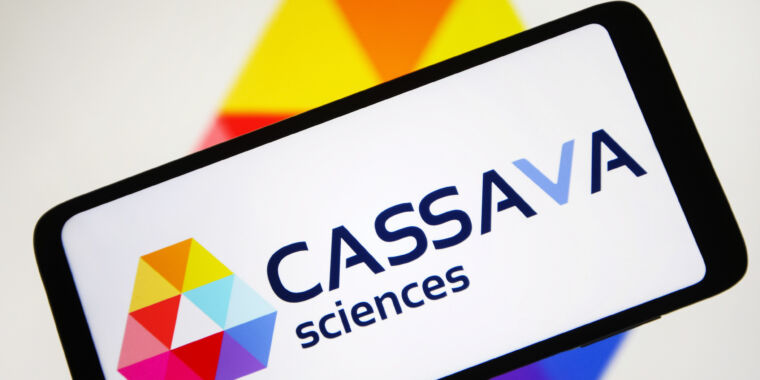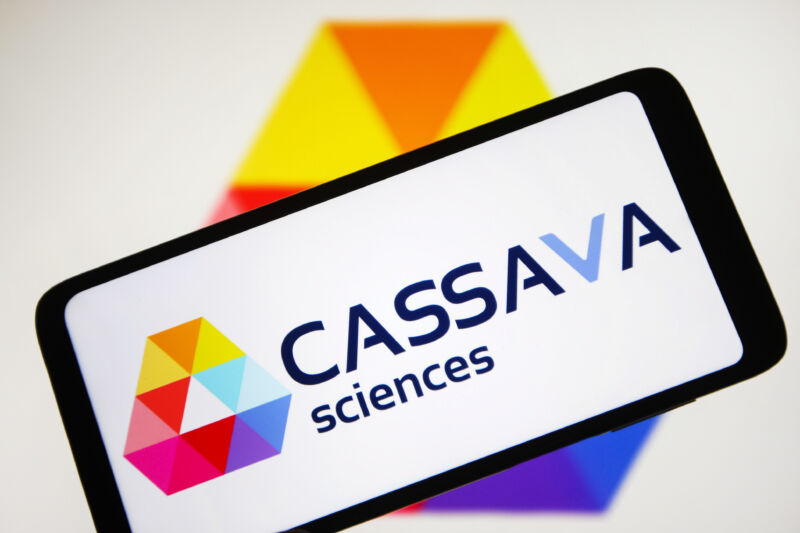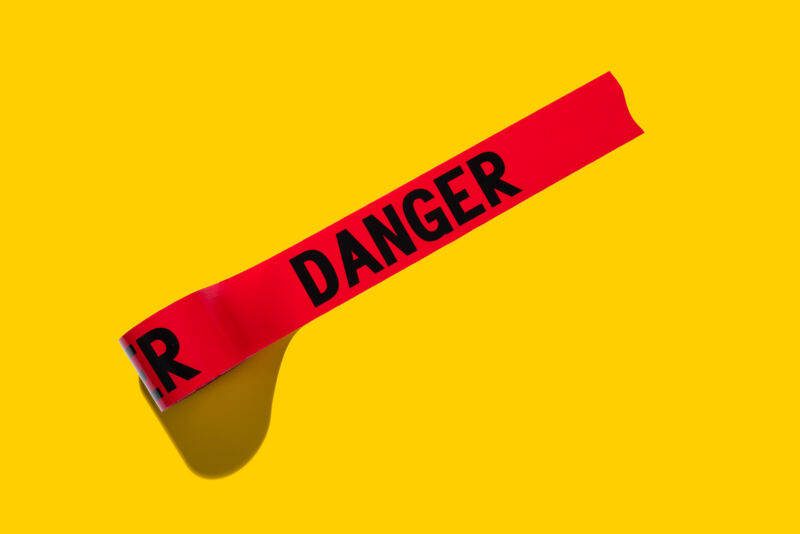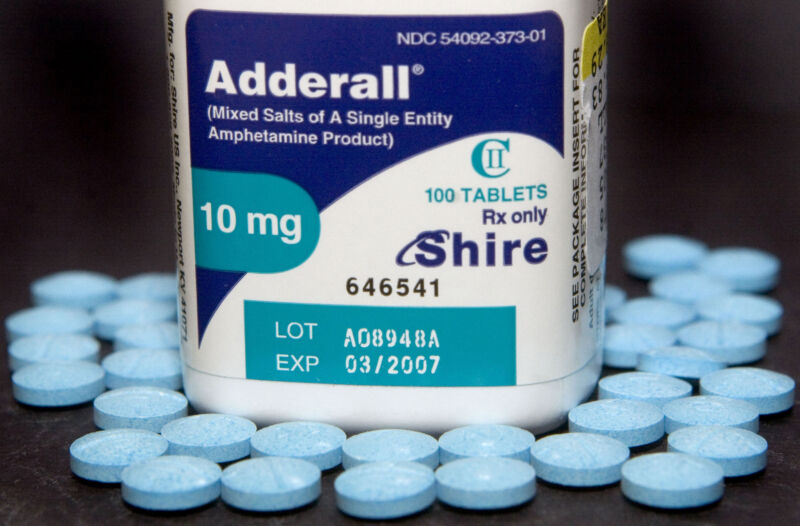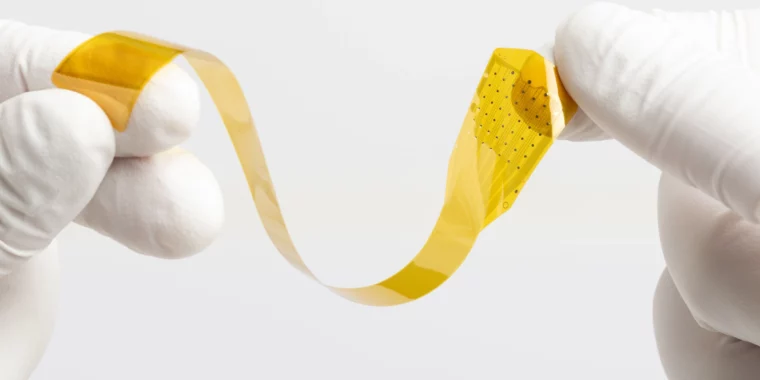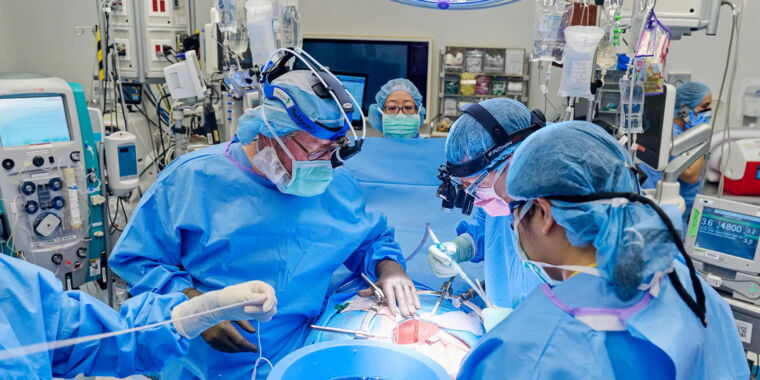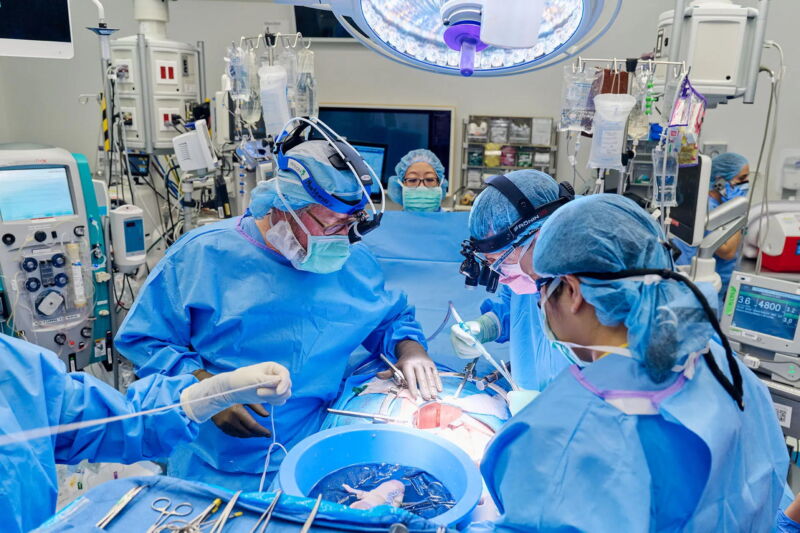The dangers of sneezing—from ejected bowels to torn windpipes
Autosomal Dominant Compelling Helioopthalmic Outburst (achoo) —
The benefits of a good sneeze can sometimes come with a greater risk of injury.

If you were to envision the kind of accident that would cause a person’s bowels to explode out of their body, you might imagine some sort of gruesome stabbing or grisly car accident. You’d probably never imagine that something as commonplace and harmless as a sneeze would cause this kind of ghastly injury—but that’s exactly what happened to a Florida man earlier this month.
The man had recently had abdominal surgery and was suffering from wound dehiscence—where his surgical scar wasn’t healing properly. While eating breakfast, the man first sneezed, then began coughing. He noticed pain and a wet sensation on his lower abdomen—only to discover several loops of his bowel had burst through his unhealed wound.
The man was rushed to hospital for emergency surgery where his bowels were returned to his abdomen.
Sneezing is normally a protective mechanism that keeps potentially harmful things—such as dust, bacteria and viruses – out of our respiratory system. The process is controlled by the so-called “sneezing center” in the brain’s medulla (which governs autonomic functions, including breathing). It’s activated by the presence of irritants in the lining of the nose and airways, which send impulses to the center.
The response is a closing of your eyes, throat and mouth while your chest muscles contract—compressing your lungs and driving air out of your respiratory system. This forces whatever triggered the response “out” of your system at an impressive speed—up to 15.9m/s (35mph) in some cases.
But despite the benefits of a good sneeze, it can sometimes come with a greater risk of injury than many might realize.
For instance, violent sneezing can cause the lung to herniate through the intercostal muscles between the ribs—usually at a point of weakness. This is typically a result of morbid obesity, chronic obstructive pulmonary disease, diabetes or smoking.
There are also cases of sneezing tearing the delicate tissues of the lungs. This happens when the higher pressure air deep in the lungs escapes into the space between the chest and the lung, causing this air to compress the lung on one or both sides of the chest.
The lungs aren’t the only thing that can tear. There are reports of people tearing the delicate lining of the brain from sneezing—leading to a subarachnoid haemorrhage (a type of stroke) which can be fatal if not diagnosed and treated promptly.
Even if you don’t tear this delicate lining, a sneeze can still affect the brain—with reports of people suffering weakness on one side of the body or visual disturbances following a sneeze.
Sneezing raises blood pressure which can cause other serious injuries to the blood vessels. There are cases of aortic dissection from sneezing, where the force of the sneeze tears the layers of the aorta (the major artery that carries oxygenated blood around the body) and causes blood to burst between the layers. If not treated, it has a 50 percent mortality rate within 48 hours of happening.
While it’s pretty common to injure your back while sneezing, this isn’t the only musculoskeletal injury that can happen. There are case reports of people fracturing the bones around their eye from sneezing. This type of fracture, called a blow-out fracture, is typically caused by blunt force trauma—often from a golf, tennis or baseball to the eye.
The small bones of the ear can fracture following a sneeze, which can cause hearing loss. Dental implants have been known to dislodge themselves into other parts of the face from a forceful sneeze.
The increased pressure caused by sneezing can cause fluid to escape from the body, particularly urine from the bladder. This is typically seen in people with weak pelvic floor muscles—usually caused by pregnancy, childbirth, obesity, menopause, and physical trauma or nerve damage.
Don’t hold it in
Given all the potential injuries a sneeze can cause, you might think it’s better to hold them in.
But even that isn’t safe to do. In 2023, a Scottish man held in a sneeze by closing his mouth and holding his nose. This resulted in him tearing his windpipe. By closing off his airways, this allowed the pressure generated by the sneeze to build up inside the respiratory system—which can sometimes be up to 20 times the pressure normally seen in the respiratory system. But this energy has to go somewhere, so is typically absorbed by the tissues.
Others have fractured bones of their face holding in sneezes, damaged their larynx (voice box), and torn the tissues in their chest that protect the lungs.
Thankfully, there is one injury that would be impossible for a sneeze to cause. Ever been told that if you sneeze with your eyes open, it’ll cause them to pop out? Thankfully, that’s just a tall tale. This is because your eyes are held in place by muscles and a nerve that anchors it in place. Not to mention that the airways in our respiratory system have no connection to your eyeballs or eye sockets.
Our body is well adapted to sneeze, so you probably don’t need to worry about suffering any injuries as many of these harms only happen in very rare circumstances. Though if you’re someone like Donna Griffiths (who has the longest recorded sneezing fit, lasting a nose-clearing 976 days) or Yi Yang (who has the loudest recorded sneeze at 176 decibels, the equivalent of a rocket taking flight), you may be at greater risk of harm.![]()
Adam Taylor, Professor and Director of the Clinical Anatomy Learning Centre, Lancaster University. This article is republished from The Conversation under a Creative Commons license. Read the original article.
The dangers of sneezing—from ejected bowels to torn windpipes Read More »



